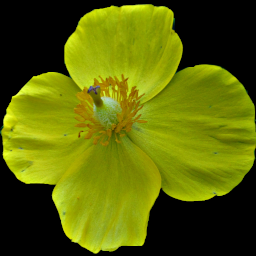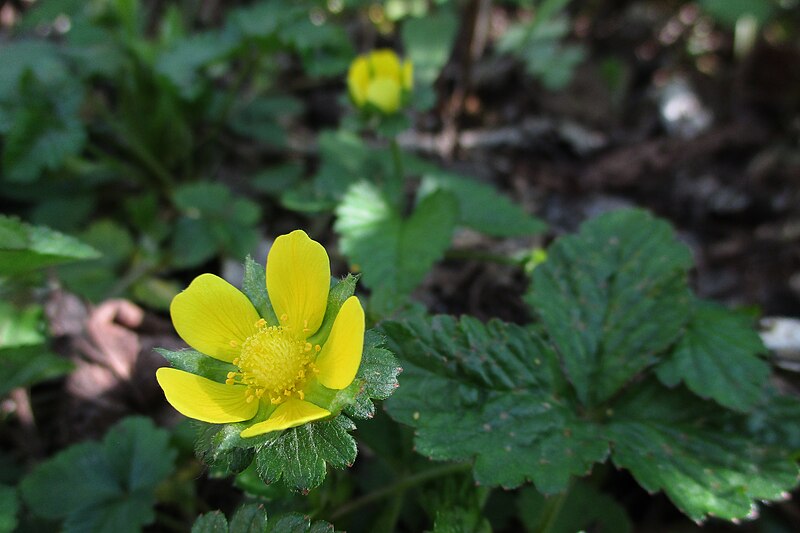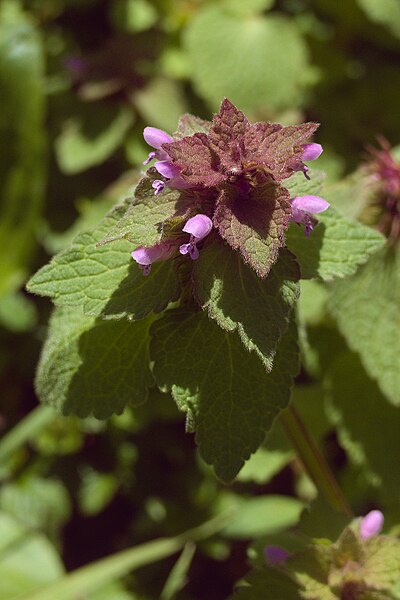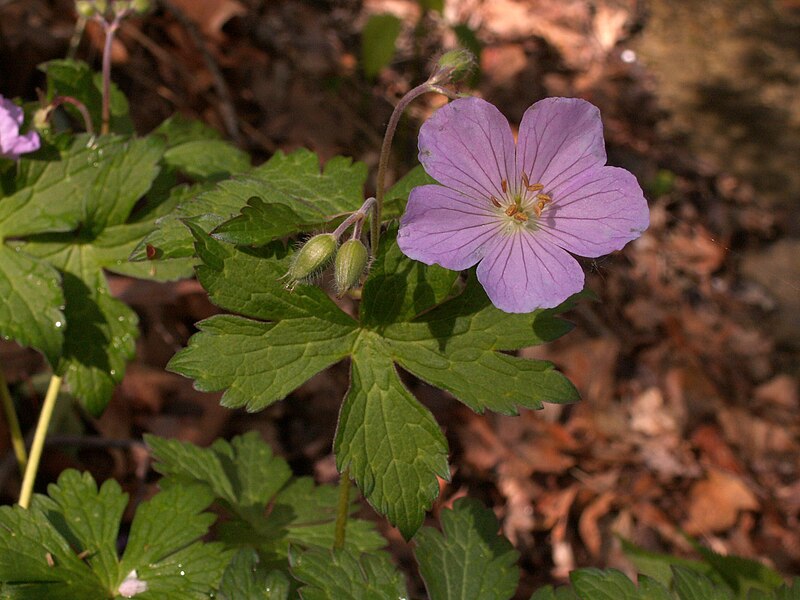
Arching fronds of alternate leaves hide the dainty little bells: you have to lift the stem, or crouch on the ground, to see the flowers, as we see below.
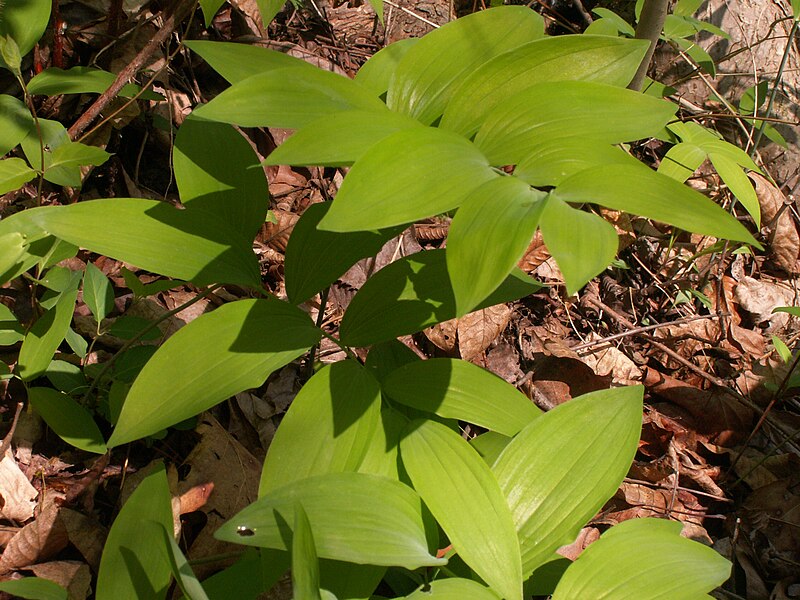
But it is worth the extra effort to reveal the flowers. They are small and green, but beautifully shaped.


These plants were growing abundantly in the Kane Woods Nature Area in Scott Township, where they were photographed May 5.
For the botanical description by Fernald, see the Polygonatum pubescens reference page.
